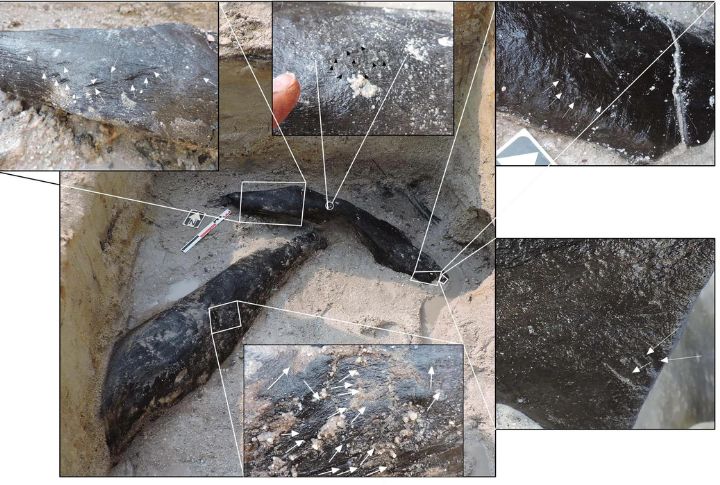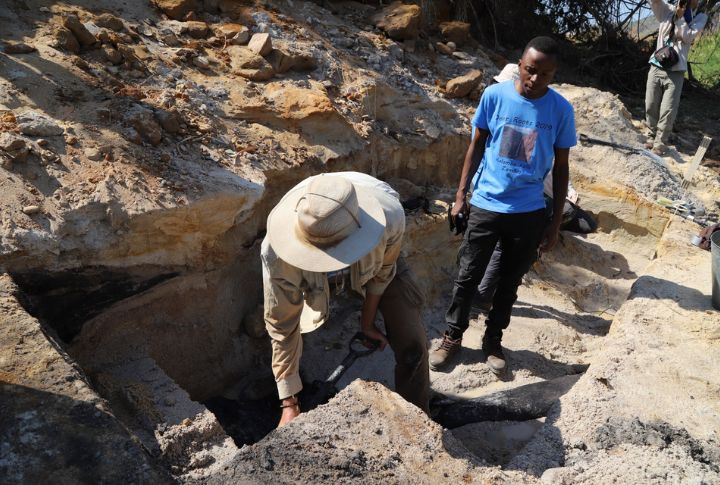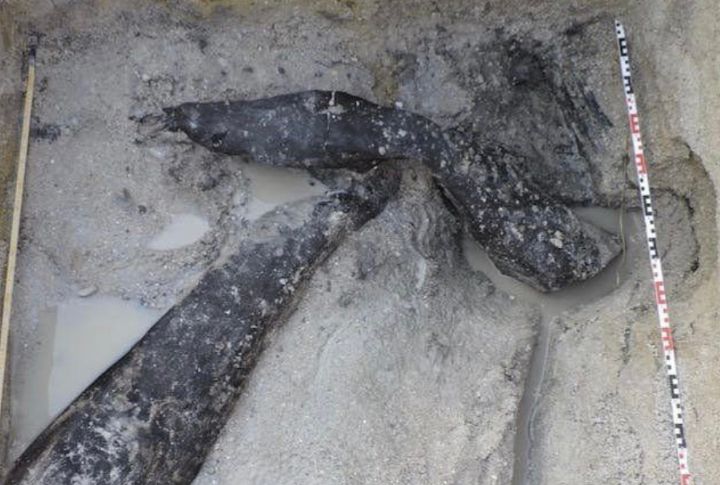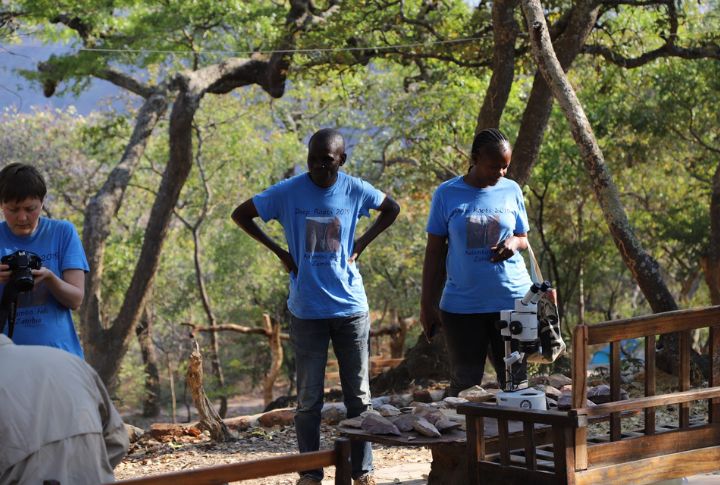
In the heart of Zambia, a discovery was made that has the potential to reshape our understanding of human history. At Kalambo Falls, an archaeological site of immense significance, researchers unearthed a wooden tool that dates back to a time long before the advent of written records. This discovery challenges previously held notions about early human capabilities and their use of natural resources. Join us as we dive into the story of this remarkable finding and explore how it has rewritten the annals of our ancient past.
The Discovery That Changed Everything

Some years back, a team of archaeologists led by Dr. Larry Barham from the University of Liverpool made the astonishing discovery of the wooden tool. Buried in the sediment and preserved by the unique conditions of the site, the artifact dates back approximately 476,000 years. This makes it one of the oldest wooden tools ever found, predating the advent of Homo sapiens.
The Unearthing Process

The excavation process at Kalambo Falls was meticulous. Researchers employed a variety of techniques to ensure the preservation and accurate dating of the tool. Radiocarbon dating and stratigraphic analysis played crucial roles in confirming its age. The preservation of the wooden artifact was mainly due to the site’s waterlogged conditions, which created an anaerobic environment, preventing the usual decay processes.
Scientific and Archaeological Significance

The scientific implications of this discovery are profound. Wooden tools from such an ancient period are exceedingly rare because wood decomposes much faster than stone or bone. Finding such an artifact demonstrates that early humans had the knowledge and skill to create and use tools long before the advent of modern humans. This suggests a level of sophistication and cognitive ability that we have only just begun to understand.
Innovation Beyond Stone

Traditionally, the stone tool has been heralded as the hallmark of early human technological advancement. However, the discovery of a finely crafted wooden implement at Kalambo Falls shattered this paradigm, revealing that our ancestors’ ingenuity extended far beyond mere stone. The revelation challenges long-held assumptions about the capabilities of early humans and underscores the sophistication of their tool-making techniques.
Insights into Early Societies

The presence of a wooden tool at Kalambo Falls offers fascinating glimpses into the social dynamics of ancient human communities. By analyzing the tool’s design and construction, researchers have pieced together a narrative of cooperation, skill-sharing, and collective problem-solving among early humans. The newfound understanding sheds light on the complexities of prehistoric societies and hints at the rich tapestry of human interaction that existed millennia ago.
Technological Leapfrogging

Discovering this finely crafted wooden tool represents a quantum leap in early human technology, pushing back the timeline of technological innovation by thousands of years. This groundbreaking discovery forces us to reconsider the linear progression of human development, suggesting instead a complex web of technological exchange and innovation spanning millennia.
